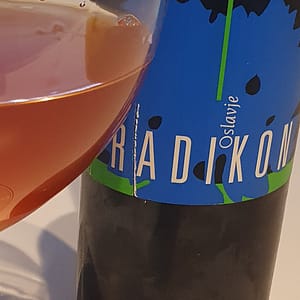This wine was from the same Morgon theme tasting as last week’s wine. Jean Foillard is a favourite on these pages. See fx here.
Côte du Py is a prestigious slope in the outskirts of the village of Villié-Morgon, that gives name to the Morgon cru. The soil is decomposed schist, rich in ferrour oxide and called morgons.
Domaine Jean Foillard is a family-run winery founded in the 1980s by Jean Foillard, who took over the estate from his father. Foillard was one of the so-called gang of four, vintners that were inspired by the teachings of natural wine guru Jules Chauvet. The majority of the 14 hectares of vines on the estate are found in the Côte du Py.
The wine is made with natural viticulture and vinification techniques, without the use of herbicides or pesticides, and with minimal sulphur additions. Some keywords: Hand-harvest, whole cluster maceration and fermentation with indigenous yeasts. The wine was raised a good half year in used oak barrels.

Morgon Côte du Py 2022 (Jean Foillard)
Deep cold cherry colour. Intense aroma of cherry, with chalk and earth. Though concentrated it also has a layer of fresh raspberry and flowers on top. Quite powerful in the mouth, with young tannins, fresh fruit, an integrated acidity. Fabulous wine that currently is good with food, but will probably benefit from 5-6 more years.
Price: Medium
Leave a Comment

















